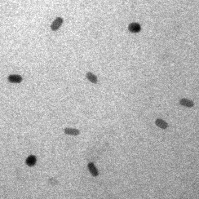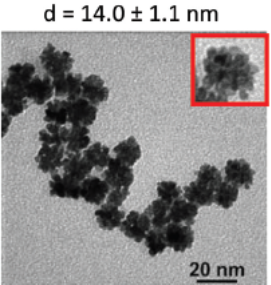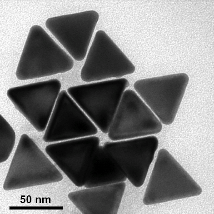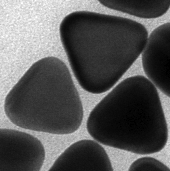Nanoparticles for quadratic nonlinear optics : from dielectric to metallic structuresIsabelle Ledoux-Rak Laboratoire de Photonique Quantique et Moléculaire, UMR CNRS 8537 - CentraleSupelec, Ecole Normale Supérieure Paris Saclay, France e-mail : This email address is being protected from spambots. You need JavaScript enabled to view it.
NLO efficient nanoparticles offer a broad range of potential applications from nanoscale photonics to nanoprobes with original optical properties, ranging from fluorescence nanoprobes to second harmonic generation nanosources. In this talk we will propose a synthetic review of quadratic NLO nanoparticles, ranging from purely organic structures to plasmonic noncentrosymmetric particles. The first generation of nanoparticles displaying strong quadratic nonlinear response have been made of purely organic crystals[1]. However, due to the moderate stability of purely organic crystals, a new approach to material engineering for quadratic NLO properties, based on the combination of organic and inorganic materials in noncentrosymmetric structures has been proposed[2]. In particular, host-guest chemistry, from inclusion to intercalation[3], has proven to be particularly promising. We will illustrate this strategy with the "bottom-up" synthesis of a layered intercalation compound consisting of push-pull organic chromophores embedded in a layered MnPS3 inorganic host lattice. 10 nm size nanoparticles dispersed in chloroform or inserted in a polymer matrix yielded a huge average second order hyperpolarisability b of about 42000 .10-30 esu measured by Harmonic Rayleigh Scattering (HRS)[4]. An alternative way to develop nanoparticles showing high quadratic hyperpolarizability values consists in a systematic study of the NLO properties of noble metal (Au, Ag) nanoparticles[5]. We will present here a systematic investigation of various nanoparticles made of Au, Ag or Pt, with different surface areas, shaped and surface state, as illustrated in Figure 1.
(a) (b) (c) (d) Figure 1 : TEM images of Au nanorods (a), Pt nanoflowers (b), sharp (c) and smooth (d) Au nanotriangles
Special emphasis will be put on the synthesis and investigation of the β values of non-centrosymmetric gold nanoprisms (NPrs (Fig. 1c and 1d). Their β values not only display a linear dependence with the surface area but also strongly depend on the sharpness of NPr corners. These very high β values of NPs are assigned mainly to the enhancement of electromagnetic fields due to geometrical effects (sharp extremities), in analogy with metallic tip-enhanced Raman spectroscopy (TERS)[6].
[1] S. Brasselet, V. Le Floc’h, F. Treussart, J.F. Roch, J. Zyss, E. Botzung-Appert, A. Ibanez, Phys. Rev. Lett. 92(20), 207401 (2004) [2] Z. Kotler, R. Hierle, D. Josse, J. Zyss, R. Masse, J. Opt. Soc. Am. B 9 (4) (1992), 534 [3] M. Ogawa, K. Kuroda, Chem. Rev. 95 (1995), 399. [4] T. Yi, R. Clément, C. Haut, L. Catala, T. Gacoin, N. Tancrez, I. Ledoux and J. Zyss, Adv. Mater. (2005), 17, 335. [5] J., Butet, P.-F. Brevet, O. J. F. Martin, ACS Nano 9, 10545–10562 (2015) [6] B. Pettinger, P. Schambach, C. J. Villagomez, and N. Scott, Annual Review of Physical Chemistry 63, 379 (2012). |




